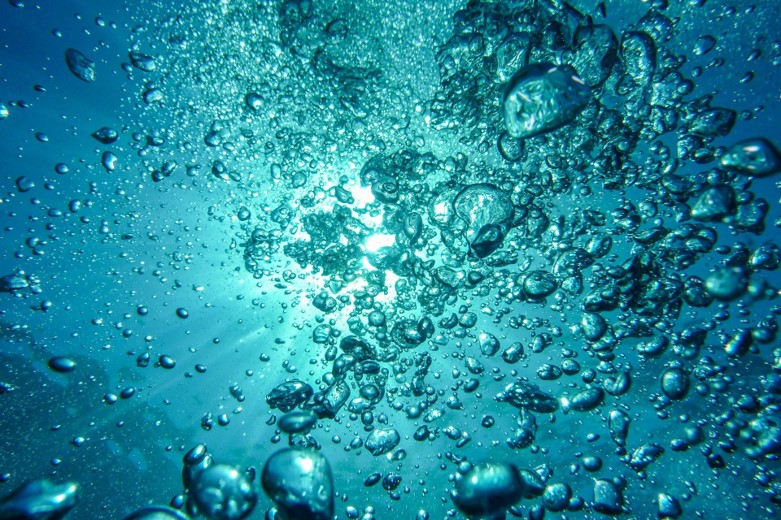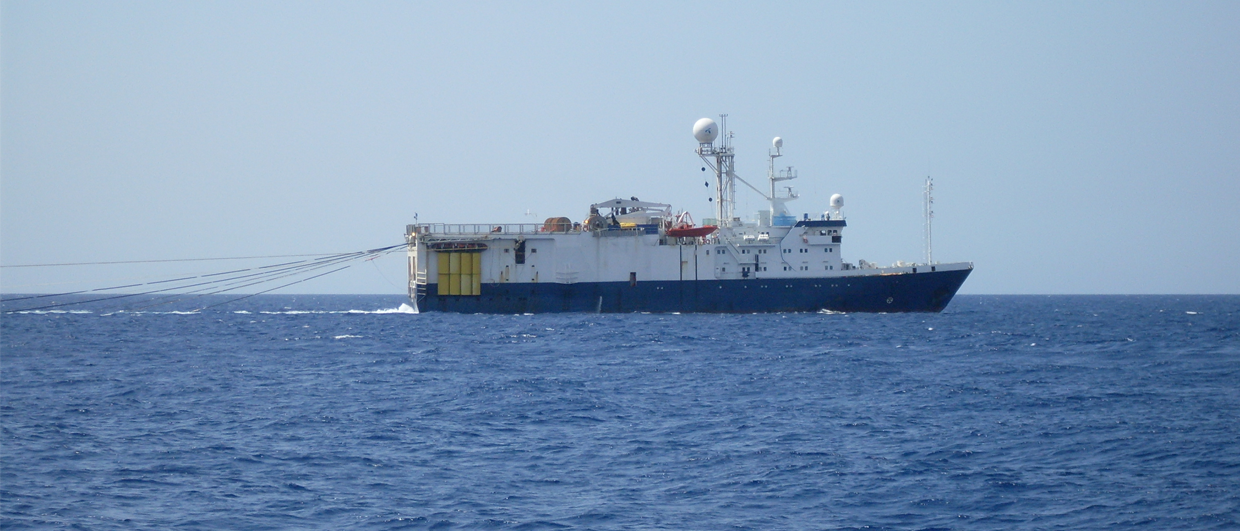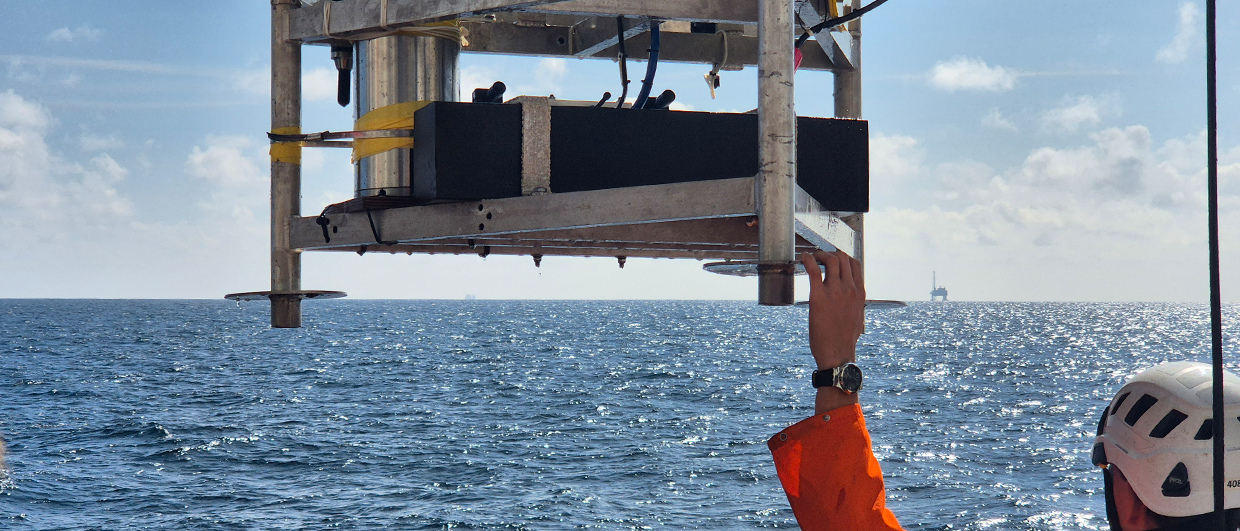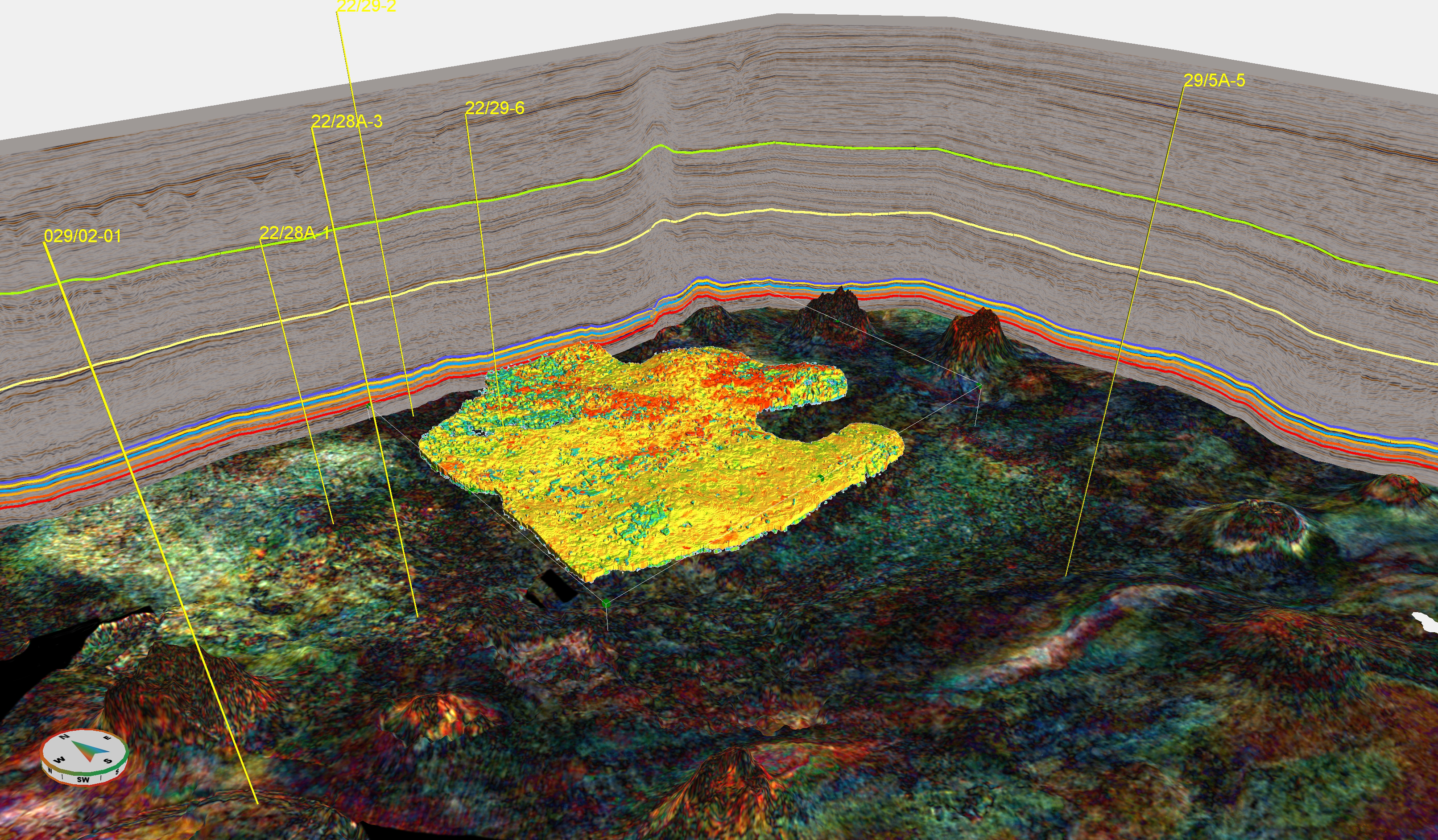In 2017, ONE-Dyas announced a sizeable gas discovery in Dutch waters. It just so happened that around the same time, two publications (1,2) from German research institute Geomar highlighted that significant amounts of methane is potentially leaking from oil and gas wells in the North Sea. Both events triggered a public and political debate, not only about the need for continued gas exploration, but also on methane emissions related to hydrocarbon production.
Questions were asked in Dutch parliament, rightly so from politicians who expressed concerns about the scale of methane release as claimed by the authors of the scientific papers.
In this article, we will discuss the findings of researchers from TNO – Geological Survey of the Netherlands, who were asked by the Ministry of Economic Affairs and Climate as well as the State Supervision of the Mines to look into the findings reported by Geomar.
In short, TNO concluded in 2020 that the published work contains a significant number of shortcomings, leading to a gross overestimation of the amount of methane released around well paths. First of all, the authors concluded that the probability of leakage is 100% when a well penetrates a shallow gas pocket. This is contradicting other findings where only 2-11% of wells were found to leak.
Furthermore, the authors suggest that drilling induced fractures introduce leakage pathways. However, it is important to know that the sediments in the shallow gas depth range are all unconsolidated, thereby preventing the possibility to generate fractures. Finally, the amount of natural methane seepage assumed by the authors (200 tonnes) contradicts other estimates that are a lot higher, with a figure of 6,000,000 tonnes/y estimated for the UKCS only.

A few months after the publication of the TNO report in 2020, another paper was published by researchers from Geomar. Again, the conclusions presented in this work are potentially far-reaching, stating that all gas seeps detected during their campaign in an area of the UKCS have an anthropogenic cause and are related to abandoned wells. In addition, they now state that if a well is less than 300 m away from a shallow seismic anomaly, there is a 100% chance of leakage to happen.
It is no surprise that this publication yet again caused some stir, which led to questions being asked in Dutch parliament for the second time. Again, researchers from TNO investigated the publication in detail and concluded that also this work contains serious shortcomings.
These shortcomings have been addressed in a comment sent to the editors of the International Journal of Greenhouse Gas Control in November 2020. It is still under review, but in the meantime TNO has published the original document on their website in order for people to read the critique.
With regards to the observed seeps, the main aspect TNO puts forward is that two logical explanations were hardly considered or researched: natural leakage and leakage caused by well-integrity issues. Instead, an alternative unproven leakage mechanism of drilling-induced fractures is proposed as an explanation for observed seeps.
As pointed out in a recent expronews article, the only way to make the distinction between thermo- and biogenic gas is isotopic analysis.
Similar to the first two publications by Geomar, the 2020 paper also strongly suggests that drilling-induced fractures form a major conduit for gas migration. As already pointed out by TNO earlier, fractures will not develop in unconsolidated sediments where shallow gas is being found in. Also, the statement that shallow gas will migrate from a shallow gas pocket to a nearby well up to 1000 m away will need substantial further proof as these pockets exist because of a reason: upward migration and subsequent trapping. Any nearby well would require lateral and downdip migration of gas, which should not be expected.
Gas seepage is an aspect that is also closely being looked at in Norway, as this recent press release from the NPD shows. One of the activities that has been initiated in this regard is an extensive mapping programme by the Geological Survey of Norway (NGU) whereby water column data from a 170,000 km2 area has now been collected primarily in the Barents and Norwegian Seas. This has led to the identification of 1,900 leakage points. A database and associated map will be published this year.
The Geomar researchers conclude that methane emissions through marine decommissioned hydrocarbon wells are larger than all known natural seepage sites combined. However, from an extensive data review (table 1 presented on page 6 of this document) it is clear that the uncertainty with regards to emission budgets is large, with the natural component likely to be far greater than leakage around well paths.
Another very recent publication by workers from MARUM in Bremen (Germany) confirms the statements from TNO. The authors mapped 166 gas seeps in the German part of the North Sea, and even though abandoned wells are situated in the study area, none of the gas seeps could be associated to a well. Instead, it is concluded that natural seepage is the most logical explanation for the observations, with salt diapirs forming an important geological pathway for gas migration.
In conclusion, the picture of the North Sea as an area where an abundance of methane is being released into the atmosphere due to wells penetrating shallow gas pools needs revision. It should be further investigated, but against a backdrop of probably much larger natural gas release through the numerous natural pockmarks already mapped.
HENK KOMBRINK





